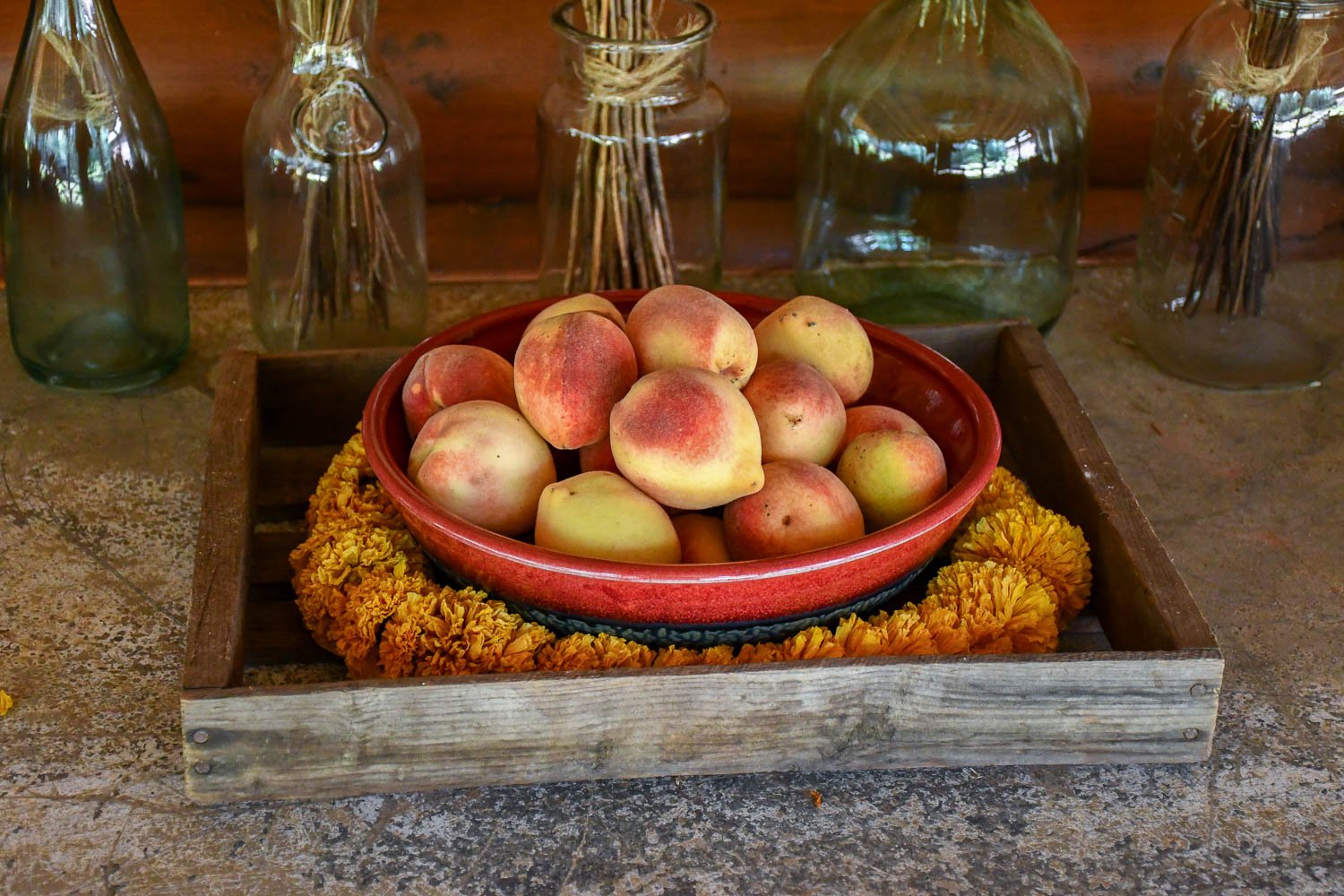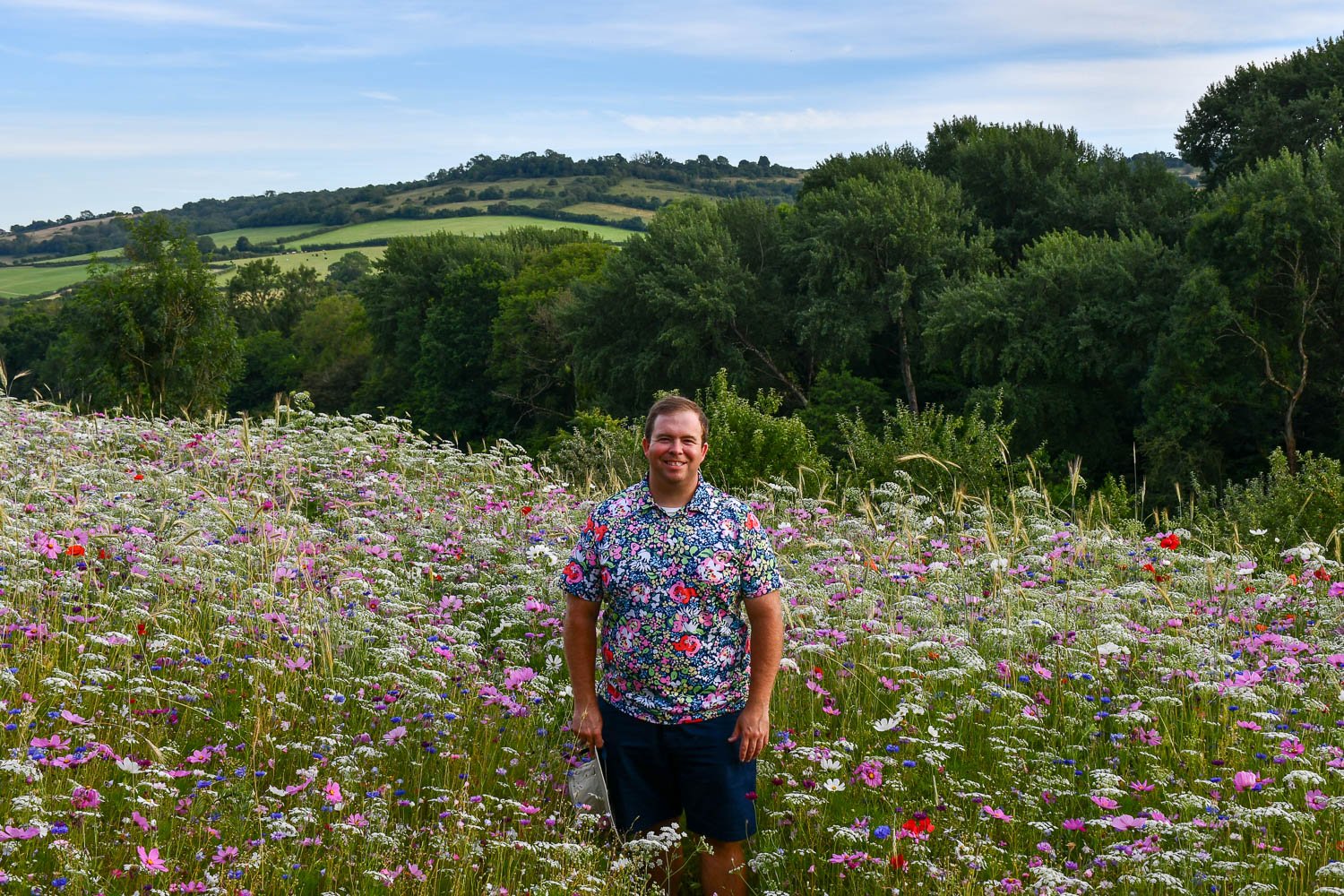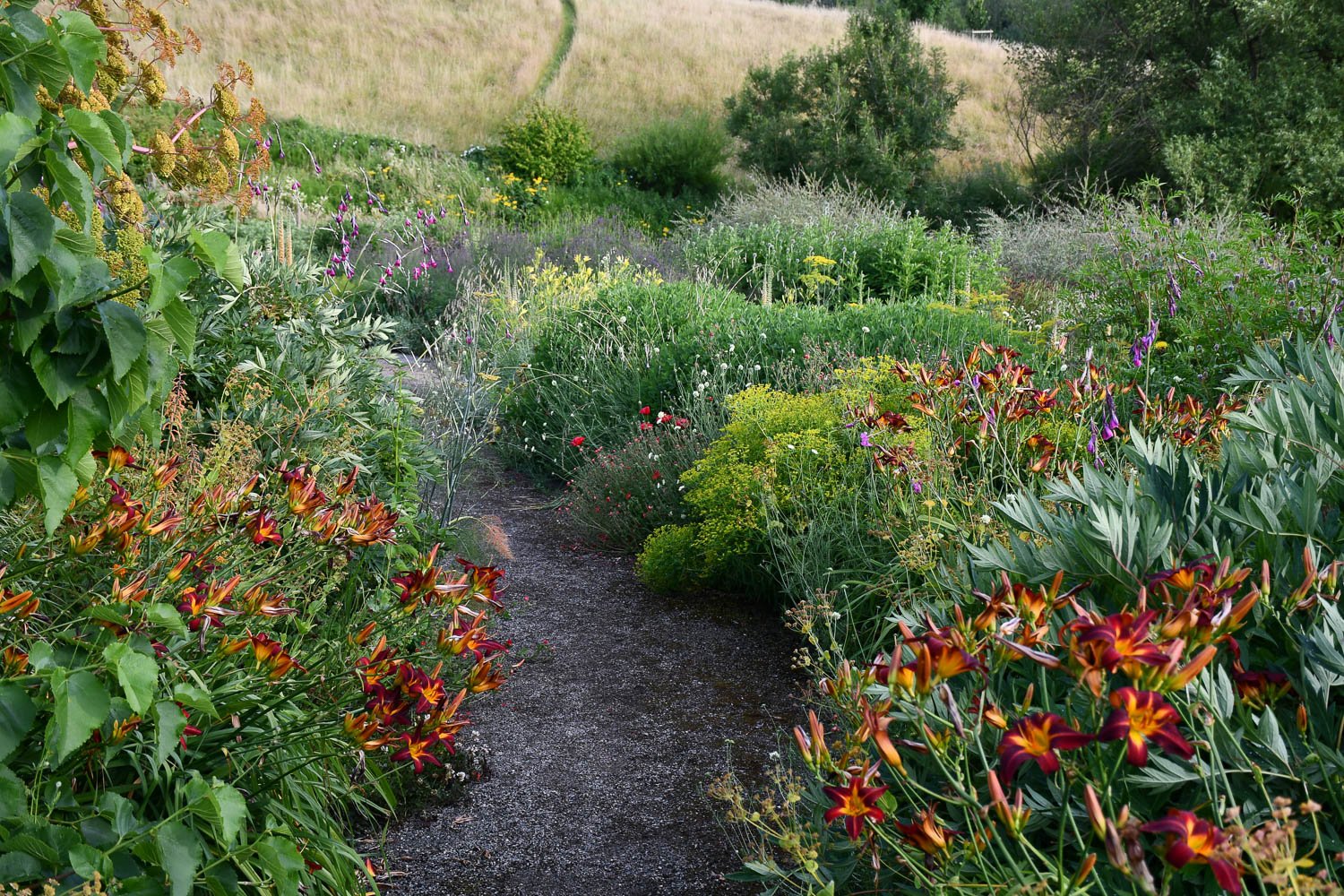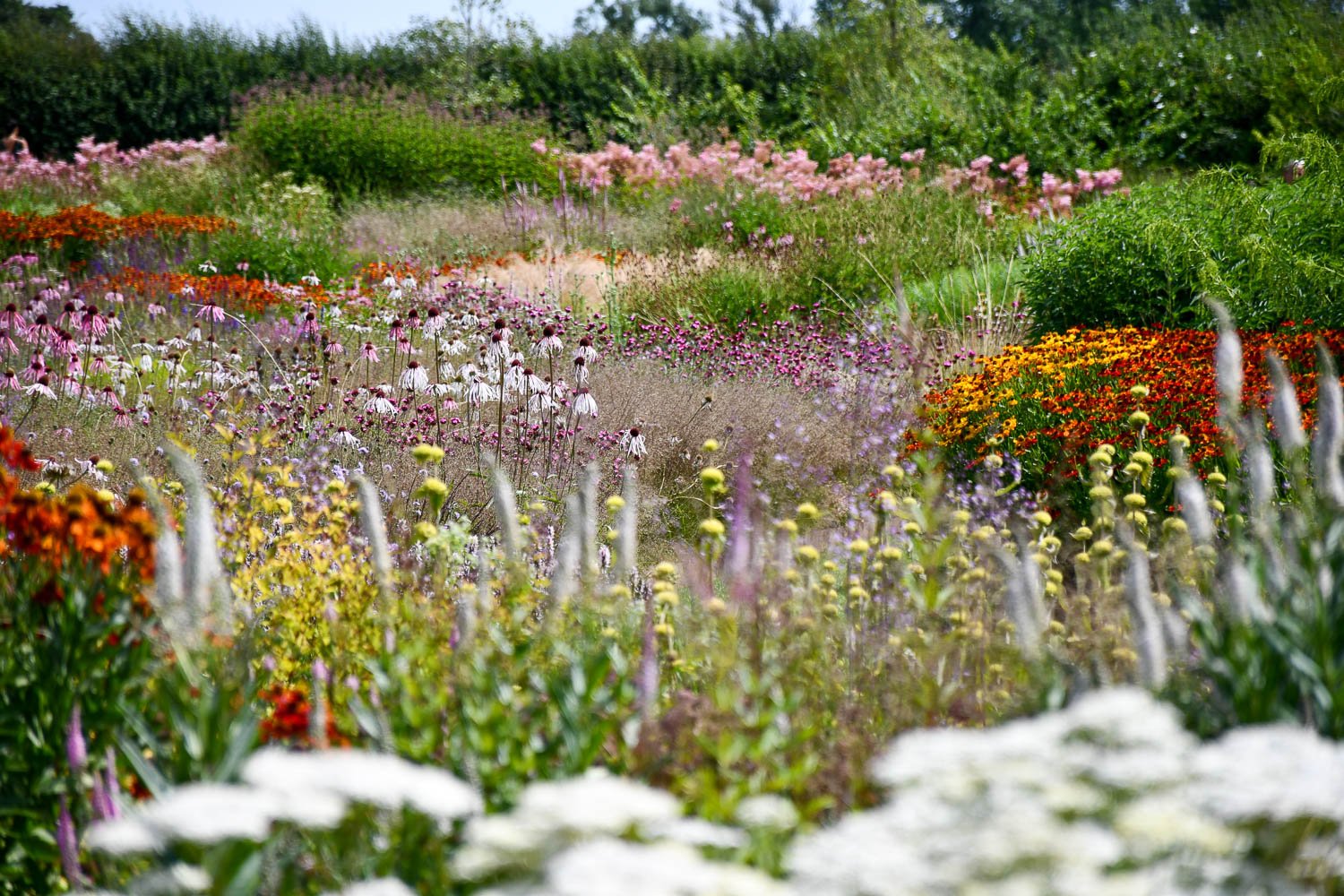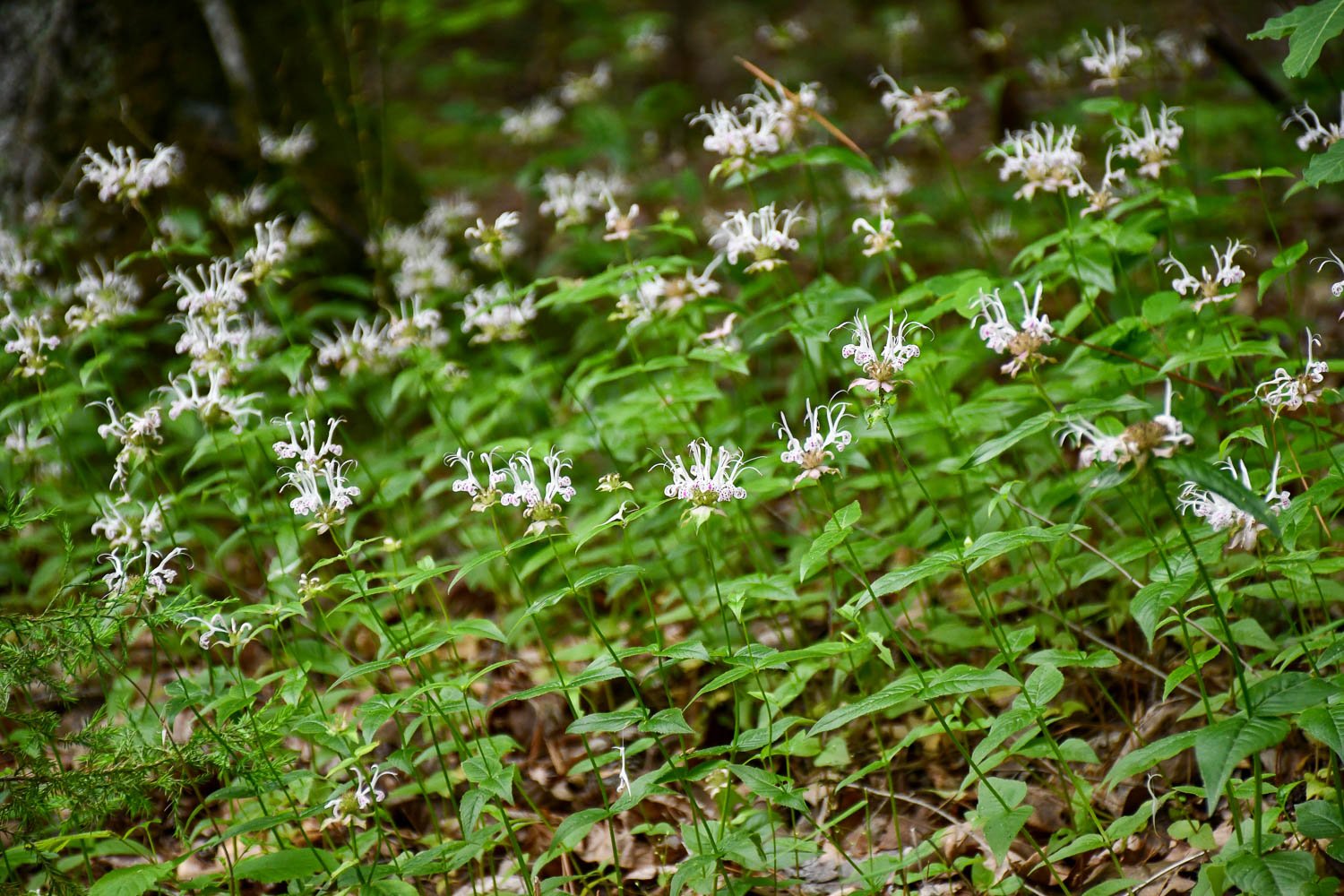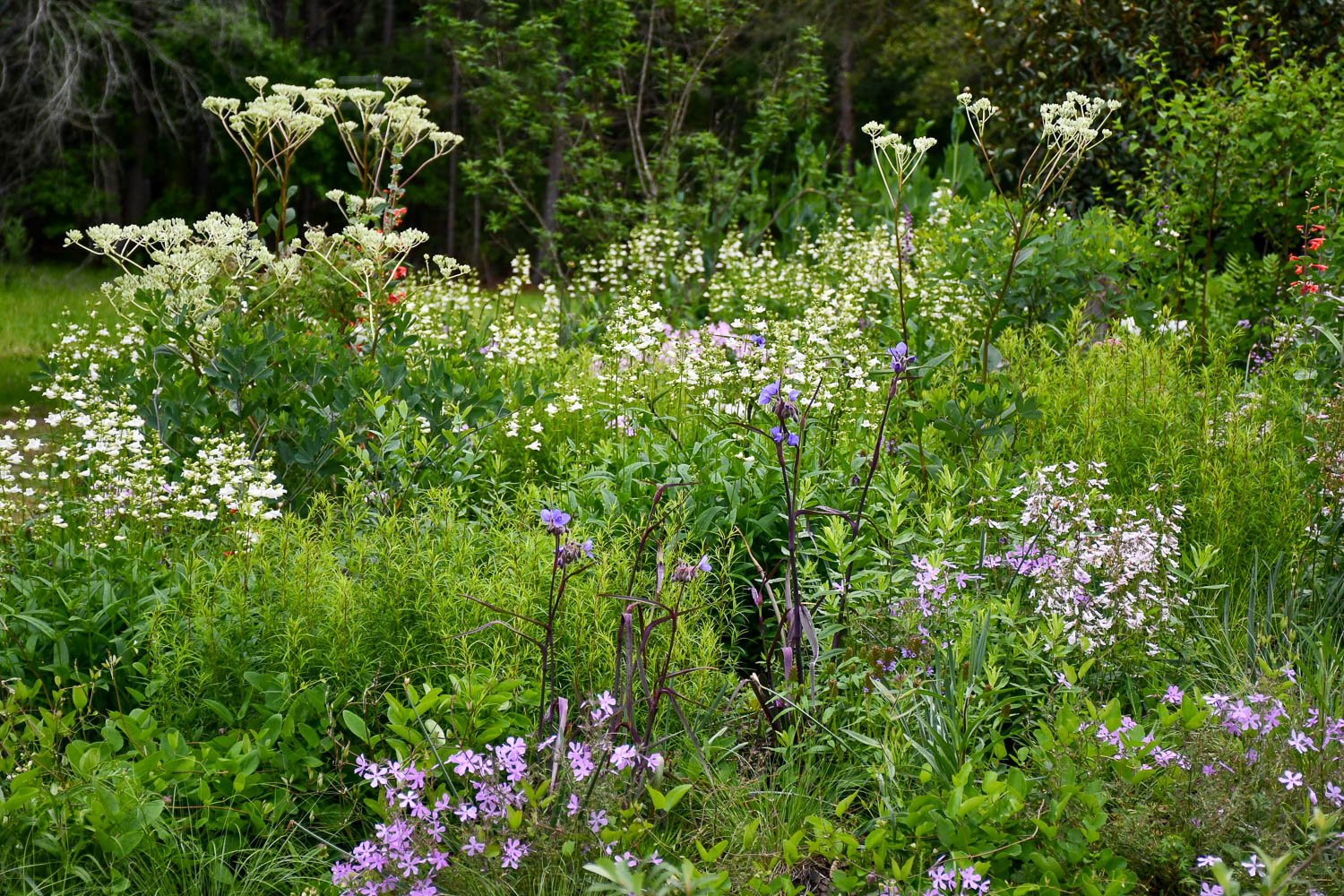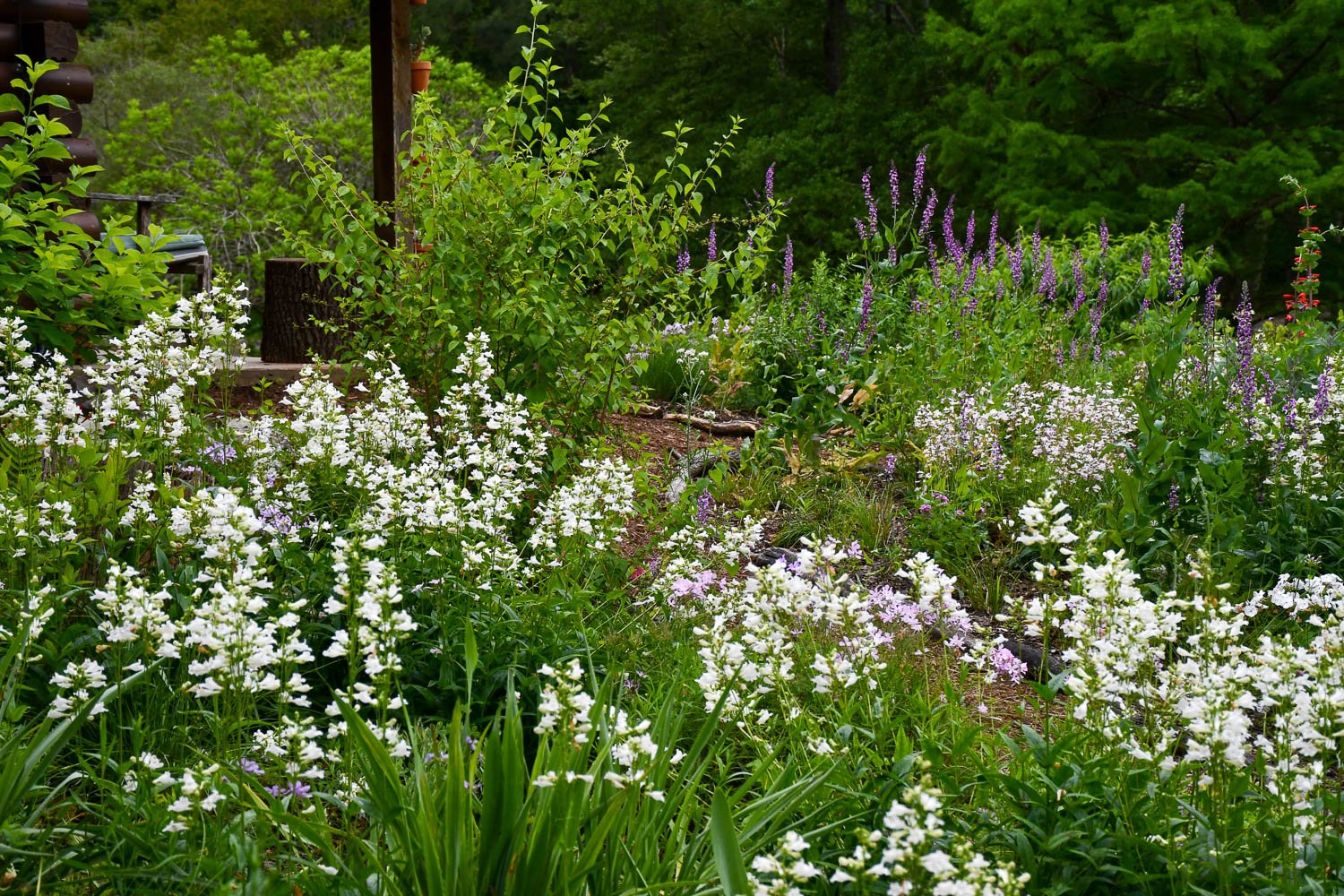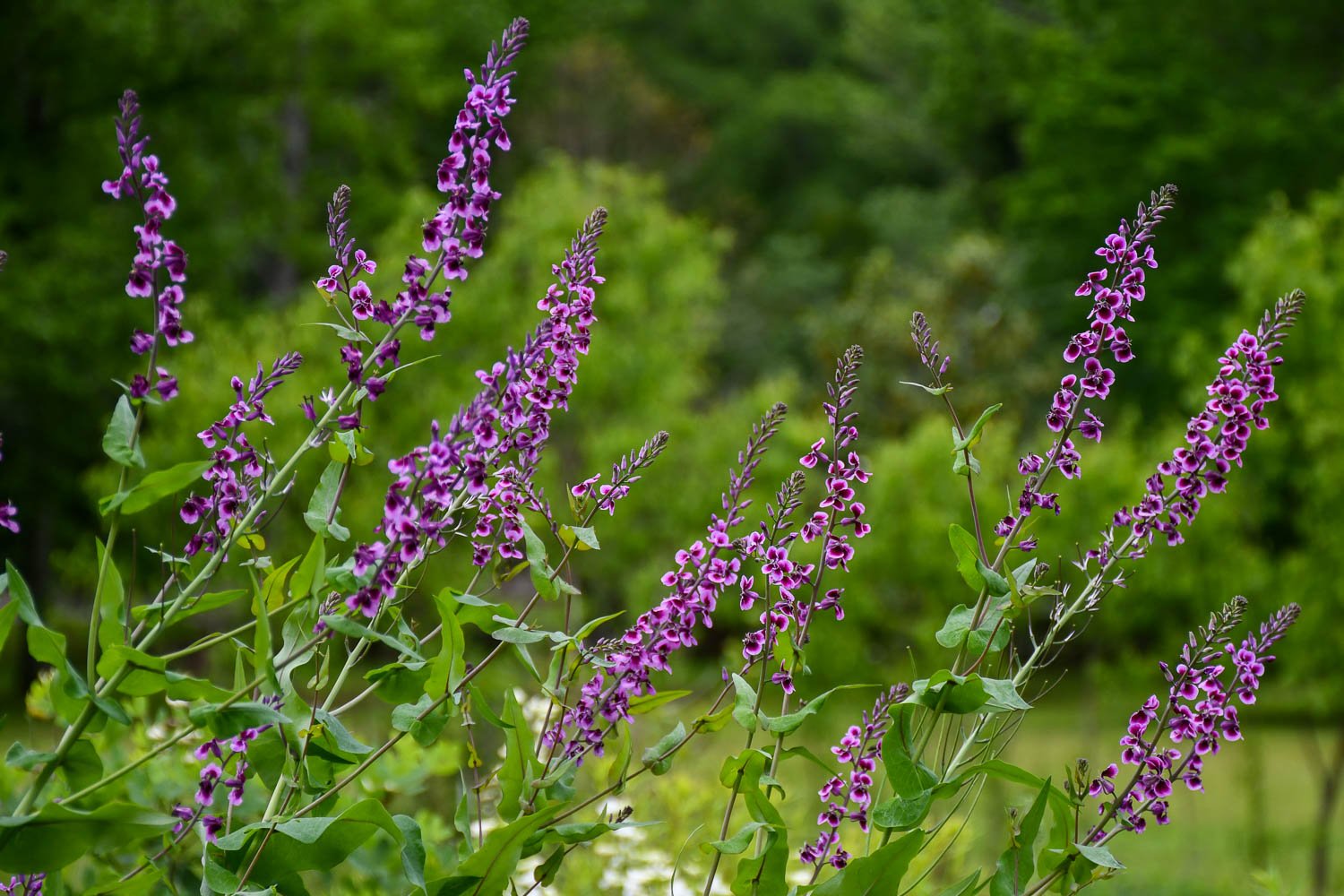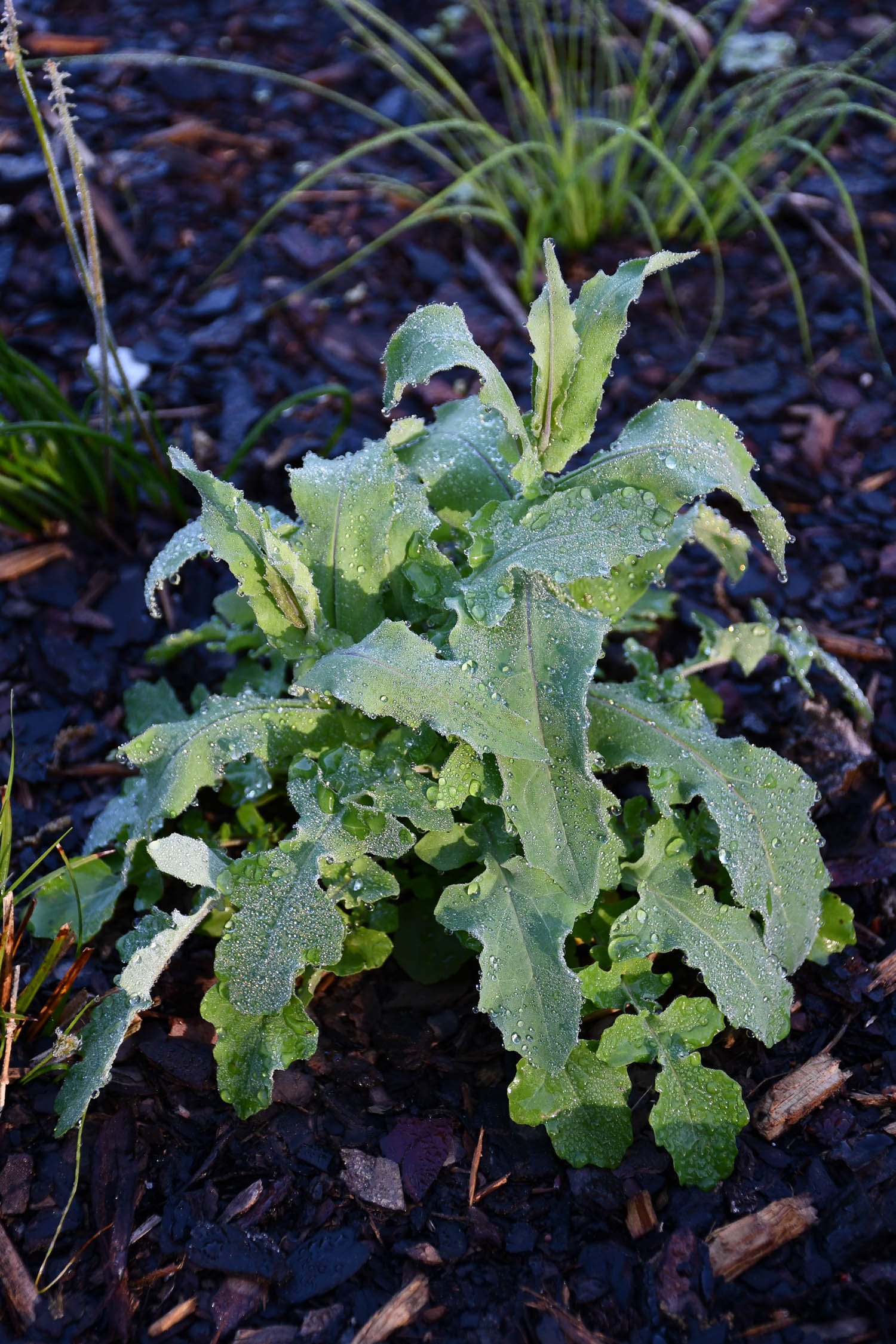The weather lately has been brutal. Since June 24, we’ve gotten a mere 0.4 inches of rain at Ephemera Farm. The heat dome has made the usual summer dryness worse. I’ve lost count of the days that have been above 100°F; the worst we’ve had at the house is 114°F. It is discouraging watching plants wither away, whether it be transplants I just plugged this spring or the ancient post oak that’s turned brown up the road. I can only drag so many hoses and sprinklers. But, these extremes inform the mean and help me better understand what plants will survive for the future, whether the weather is extreme or not.
Take my two year old Passiflora ‘Incense’ that has still been blooming and growing through it all. I was afraid that I lost it this past winter; however, once the days warmed, ‘Incense’ was lit, and it exploded into growth from the roots that overwintered.
Passionflowers are quite vigorous, but ‘Incense’ is a hybrid, developed in the 1970’s by crossing our native Passiflora incarnata with the tropical Passiflora cincinnata. Being a hybrid, it is pollen sterile, which means that it doesn’t produce fruit and is able to redirect that energy back into growth. I planted it in a back spot along our blackberry fence where every summer the soil dries out. There it could grow wild, and it has been fairing well with little irrigation. I did finally break down the other day and throw a hose at the base.
First instar Gulf Fritillary nibbles on an ‘Incense’ bud
Hanging by a thread… make that tendril
It looked good and lush up until recently. But, the heat and drought wasn’t the issue; the caterpillars were. The Gulf Fritillaries we’ve enjoyed darting around the garden had found the plant and laid their eggs. The spiny orange larvae look fearsome, but as long as you don’t eat them, they are harmless.
The butterflies reach their peak in the fall when we have a few dozen that enjoy our autumn flowers. Now, we’ll have even more as soon they will crawl away, make their chrysalides, and enjoy the flowers that will come with autumn. There’s a “cold” front forecast this week that will drop temperatures below a hundred, and we got 0.25 of rain Friday evening. Better weather is on the way.
An adult Gulf Fritillary clings to Schizachyrium on a cool autumn morning




